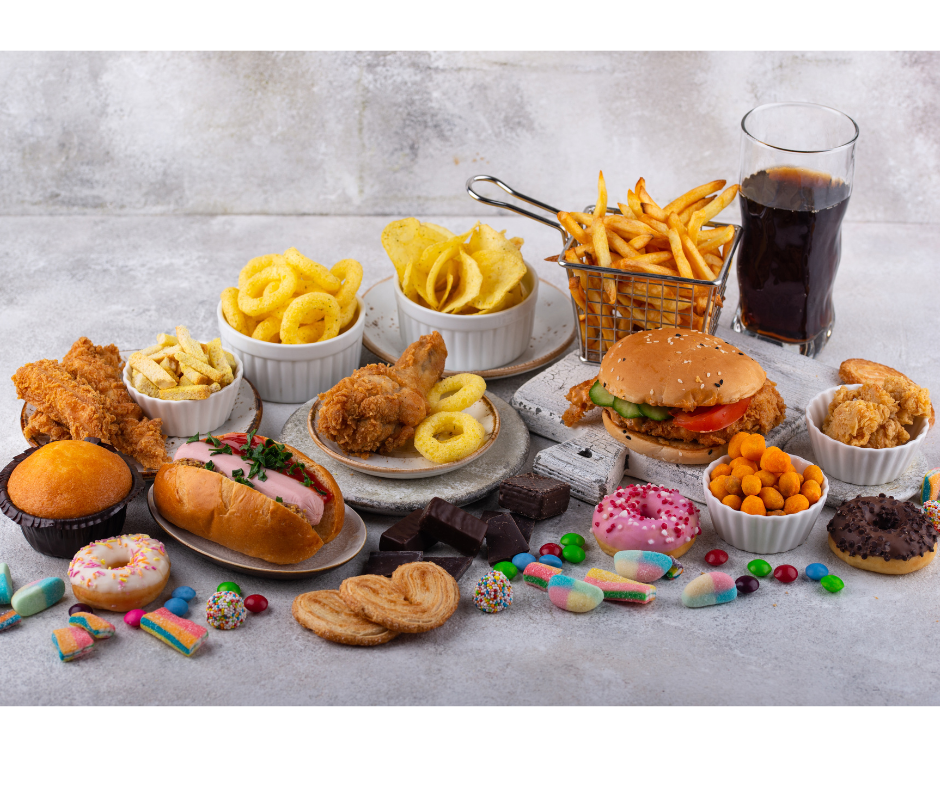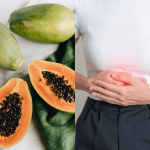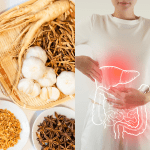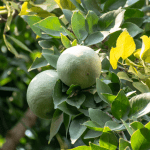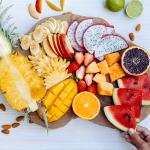When did you last check your blood glucose? If your blood glucose is high, you probably have diabetes.
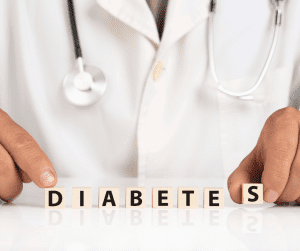
Diabetes is a chronic health condition that impacts the process by which your body converts glucose from food into usable energy for your body. It is characterised by high levels of blood glucose (also known as blood sugar), which occurs when there is not enough insulin in the body to help transfer glucose from blood cells to the body.
Heart disease, kidney disease, blindness and other complications can develop over time from too much glucose in the blood. It is important for people with diabetes to have easy and affordable access to treatment, especially insulin.
Although there is no cure, diabetes can be managed and you can still lead a healthy life. Managing your blood glucose levels can be achieved by making conscious dietary choices. Each of the three main macronutrients (carbohydrates, fats and proteins) that fuel our bodies can be found in a variety of food sources.
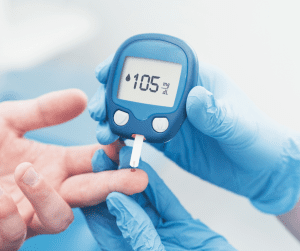
Within these, carbs have the greatest effect on your blood sugar levels. This is because they are digested and absorbed into the bloodstream as glucose, or sugar. Too many carbohydrates at one time can cause a rapid and dangerous rise in blood glucose levels in people with diabetes.
Keeping your carbohydrate intake low can help control your blood glucose levels and reduce your risk of developing diabetes-related complications. Here are 9 foods to avoid if you have diabetes.
Avoid These 9 Foods At All Costs If You Have Diabetes
1. Sweetened beverages
Beverages high in sugar are not recommended for diabetics. There can be as much as 38.5 grams of sugar in a 350 ml can of carbonated drink, but you can avoid this by drinking diet soda sweetened with a sugar substitute.
In the same quantity, both sweetened iced tea and lemonade contain nearly 45 grams of carbohydrates, all coming from sugar. Moreover, these beverages contain a lot of fructose, a sugar that has been linked to insulin resistance and diabetes.
2. Pre-packaged foods and processed baked goods
Pastries, cookies, crackers, and most other packaged foods are typically made with unhealthy amounts of refined sugar, flour, and fat. Some of these foods might even have more carbohydrates than they list on the label.
They also have a number of chemical additives, such as preservatives, dyes, and flavourings. If you find yourself getting hungry in between meals, it is best to snack on nuts or a few low-carb vegetables with some cheese sprinkled on top.
3. Dried Fruits
Fruit is an excellent source of a number of essential vitamins and minerals, which include vitamin C and potassium, and many more. The process of drying fruit causes a loss of water, which increases the concentration of these nutrients.
In some cases, the carbohydrate content of dried fruits can be more than four times that of similarly sized portions of fresh fruit. Stay away from dried fruits and instead choose fresh fruits that are low in sugar for optimal control of your blood sugar.
4. Breakfast Cereal
For people with diabetes, cereal is not the best choice for breakfast. Even though the boxes say they are good for you, most cereals are highly processed and have a lot more carbs than most people think. Most of them even have sugar as a secondary or even tertiary ingredient.
Having a bowl of sugary cereal first thing in the morning will cause a sharp rise in blood sugar. Avoid most cereals if you want to keep your blood sugar under control, and switch instead for a protein-based, low-carb breakfast.
5 White Carbohydrates
White flour products like white bread, rice, and pasta are high in carbohydrates but low in fibre. This combination may lead to high blood sugar levels, weight gain, and elevated levels of low-density lipoprotein cholesterol (the “bad” cholesterol).
Alternatively, eating more whole, high-fibre foods may help mitigate the impact of glucose on the body. Try switching to whole-grain alternatives like brown rice, quinoa, and whole-grain pastas and breads.
6. Foods made with trans fats
Trans fats are made up of unsaturated fats that have been changed chemically to make them more stable. Inflammation, insulin resistance, excess abdominal fat, and cardiovascular disease are all thought to be caused by trans fat, making it the worst kind of fat.
Some common sources of trans fats include margarines, peanut butter, spreads, creamers, and frozen meals. They are also commonly used to increase the longevity of baked goods like crackers, muffins, and breads.
Swap out processed foods high in trans fats for whole foods that are higher in vegetable fats like nuts, seeds, and avocados and omega-3 fatty acids such as salmon, tuna or mackerel.
7. Sweeteners Syrup
White table sugar and sweets like candy, cookies, and pie are often avoided by people with diabetes. But don’t forget that it also includes other sweeteners like honey and maple syrup.
These sweeteners don’t go through as much processing as white sugar, but they still have at least as many carbohydrates. Most even have more than that! The best course of action is to cut out sugar completely and replace it with low-carb natural sweeteners.
8. Coffee with added flavourings
One of the many health benefits associated with coffee is a decreased risk of developing diabetes. Flavoured coffee products, on the other hand, should be treated more like a dessert or a comfort food than a nutritious drink.
They contain a high concentration of liquid carbohydrates, which can raise blood sugar levels and leave you hungry. Drink black coffee instead, some people might not like it, but it’s the safest choice if you still want to have the coffee experience.
9. Dairy products with added flavourings
People with diabetes may benefit from consuming plain dairy products. Nonetheless, fruit-flavoured or flavour varieties are an entirely different story. Despite being low in fat, flavoured dairy products tend to be high in sugar and may increase the body’s insulin and glucose levels.
Frozen yoghurt, as one example, is frequently cited as a wholesome substitute for ice cream. But it can have the same amount of sugar or even more than ice cream. Try substituting flavoured dairy products with plain yoghourt made with whole milk, or non-dairy milks such as almond or soy milk.
Eating healthily means choosing the right, healthy foods from each food group. To help control your blood sugar, you should focus on eating fewer foods high in refined carbohydrates, sugary drinks and unhealthy fats. While it’s ideal to choose alternatives to these foods, it’s still important to keep track of the nutritional content of the foods you eat.
Disclaimer: This is for informational purposes only.
Did you find this helpful? Let us know in the comments.
Source: Healthline
You can also visit our Facebook and YouTube pages to know more about plants and their health benefits.
You might also like:

